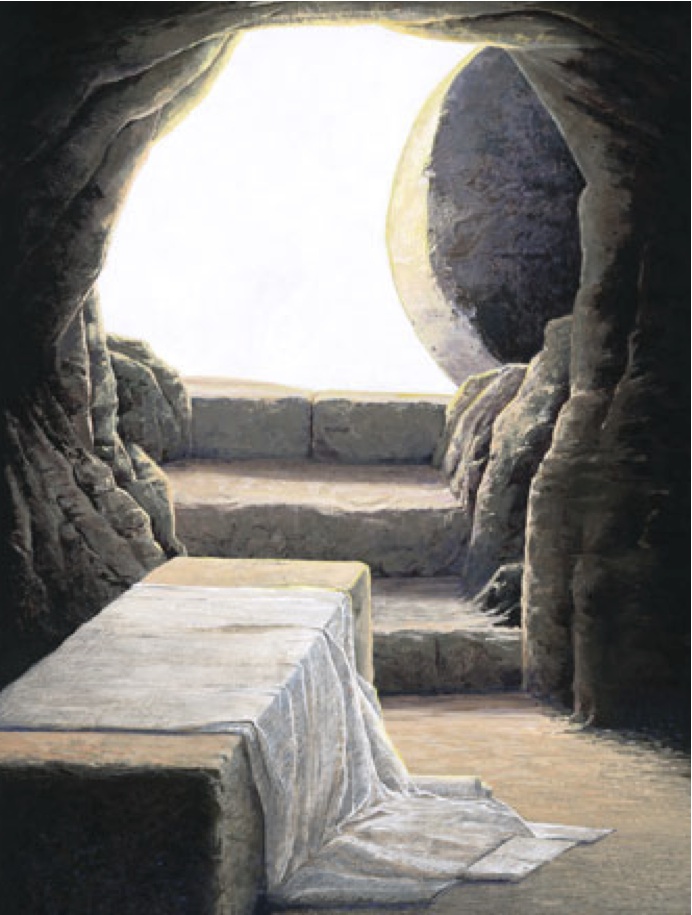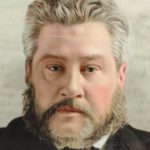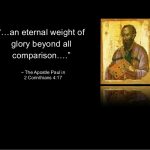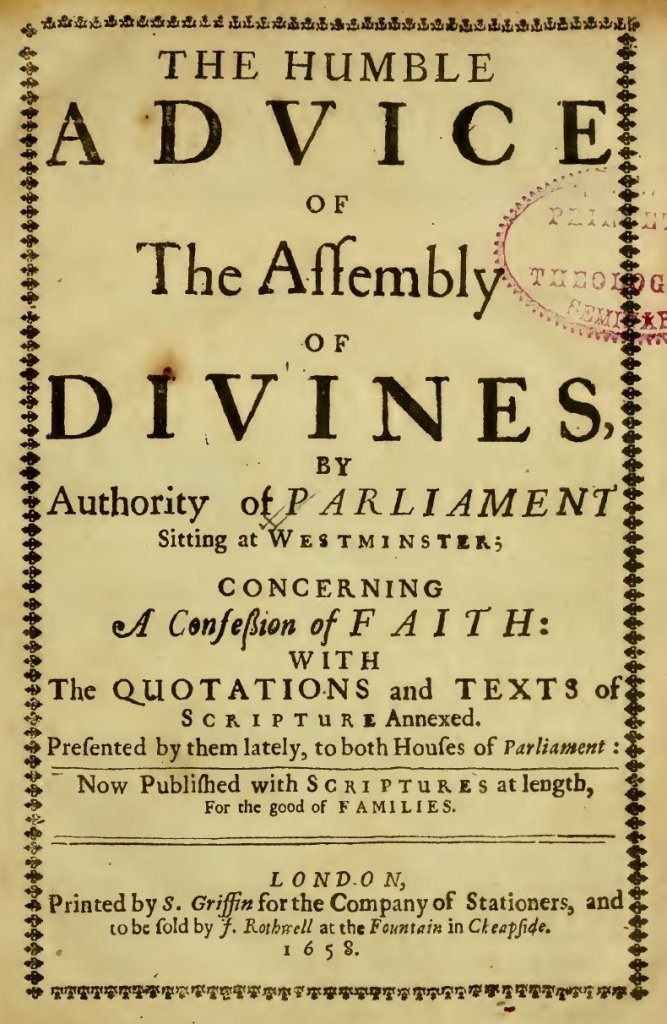 Happy Easter 2017 to all the readers of Restoring The Core and listeners to the Finding Hidden Treasure podcast.
Happy Easter 2017 to all the readers of Restoring The Core and listeners to the Finding Hidden Treasure podcast.
This minisode is a reflection of biblical passages which address the fact that the Lord Jesus was born from a virgin womb and a connection to why Christ was raised back to life from a tomb which had no previous occupants.
The text of the reflection is below:
There is an old saying that life is a womb to tomb experience. This saying, when applied to the life of the Lord Jesus while here on Earth, is rather significant. The Gospel writers are explicit in pointing out that Jesus’ conception was a virgin conception. The first chapter of the Gospel of Matthew, verses 18 to 25 make this fact clear. In the 7th verse of the Gospel of Luke chapter 2, Luke states that Jesus was Mary’s firstborn son.
A logical conclusion of the virginal conception of Jesus is that no one else resided in Mary’s womb prior to the Lord Jesus miraculously being brought into human existence in that womb. Let’s consider what happened to Christ years later.
On the afternoon of the death of Christ, Joseph of Arimathea attended to Jesus’ corpse. In Luke 23:53, we read: “Then he [Joseph of Arimathea] took it down and wrapped it in a linen shroud and laid him in a tomb cut in stone, where no one had ever yet been laid.” Luke presents a detail that may seem insignificant in the account when he indicates that the tomb had not had a previous occupant.
Is this simply an incidental point, or is there something more going on?
I think there is quite a bit more going on here which we can piece together with the help of several other passages from the Bible.
In the New Testament, Jesus is contrasted with Adam. In Romans Chapter 5, we find the Apostle Paul contrasting Adam with Christ. A wrong relationship with God and death were brought in by means of Adam. Right standing and life before God were brought in by means of Christ. In 1 Corinthians 15 verses 22 and 45, the contrast continues. Death in Adam; Life in Christ. Adam is the first Adam (by definition). Christ is the last Adam.
Adam and Christ represent two different humanities. Jesus was not merely the firstborn of Mary. Jesus, the first occupant of Mary’s virgin womb is the firstborn of a new humanity.
So, how does Jesus’ tomb, a tomb which had no prior occupant, fit into this?
A text from the book of Isaiah brings this to light. In Isaiah 26:19, we read:
Your dead shall live; their bodies shall rise.
You who dwell in the dust, awake and sing for joy!
For your dew is a dew of light,
and the earth will give birth to the dead.
On the day of Christ’s resurrection, the tomb in which Christ’s body lay, acted as a sort of womb. On that day, the earth gave birth to someone who was dead and then birthed miraculously into a new, immortal humanity as its pioneer member.
In summary, both Jesus’ physical birth from the womb of Mary and His resurrected re-birth from a tomb of the Earth make Him a firstborn. The firstborn of Mary. The firstborn, the preeminent one, of all creation. The firstborn from the dead. By trusting in Christ for our life, the promise of Isaiah 26:19 becomes our promise. We too in our physical death will be “birthed” from our tombs in the Earth into the same kind of immortal life which Christ has now. By faith in Christ, we actually make a species change, from Adam humanity to Christ humanity. By trusting in Christ, His past becomes our past. His future becomes our future. Our present is linked to His. Glory to God for such a blessing in Christ.
Player and Download links are below:
 This minisode features the reading of an excerpt from a sermon by Charles Haddon Spurgeon. The biblical text on which the sermon is based is taken from Psalm 96:1-3.
This minisode features the reading of an excerpt from a sermon by Charles Haddon Spurgeon. The biblical text on which the sermon is based is taken from Psalm 96:1-3.
 Episode 97 centers on the discussion of several biblical texts which point out the importance of God-given names.
Episode 97 centers on the discussion of several biblical texts which point out the importance of God-given names. Episode 96 centers on a discussion of Philippians 4:4 in which we are commanded to “Rejoice In the Lord Always.” In a world of real trouble, pain, oppression and heartbreak, how is it possible to do this. The discussion looks at other verses in Scripture in which the bigger picture, a God-revealed reality, is shown. Suffering and pain in this world are real, yet, an “eternal weight of glory” must be considered and not simply the circumstances of this life..
Episode 96 centers on a discussion of Philippians 4:4 in which we are commanded to “Rejoice In the Lord Always.” In a world of real trouble, pain, oppression and heartbreak, how is it possible to do this. The discussion looks at other verses in Scripture in which the bigger picture, a God-revealed reality, is shown. Suffering and pain in this world are real, yet, an “eternal weight of glory” must be considered and not simply the circumstances of this life.. Episode 95 centers on a discussion of the hidden treasure of catechisms. In this episode, there are lookbacks to their history and development, especially in the era of the early Reformation. Lastly, this episode stresses the importance and value today of those Reformation-era catechisms in assisting us in our lives in Christ in an age of biblical illiteracy.
Episode 95 centers on a discussion of the hidden treasure of catechisms. In this episode, there are lookbacks to their history and development, especially in the era of the early Reformation. Lastly, this episode stresses the importance and value today of those Reformation-era catechisms in assisting us in our lives in Christ in an age of biblical illiteracy. Happy Easter 2017 to all the readers of Restoring The Core and listeners to the Finding Hidden Treasure podcast.
Happy Easter 2017 to all the readers of Restoring The Core and listeners to the Finding Hidden Treasure podcast.